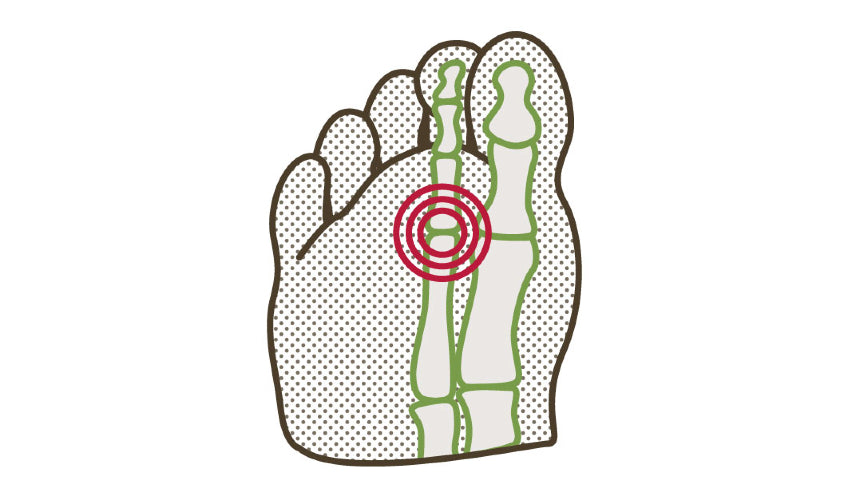
A very special thank you to Dr. Ray McClanahan, the inventor of Correct Toes, for sharing his valuable clinical expertise, insight, and wisdom in the preparation of this article.
What Is Capsulitis?
Capsulitis: Inflammation of a joint capsule.
Ligaments surround joints, including the toe joints, and help form joint capsules. Joint capsules help protect the joints and allow them to function properly. Capsulitis—inflammation of a joint capsule—is a common problem in certain parts of the body, especially the shoulders and feet, and it may cause significant discomfort. This health problem can, over time, lead to toe dislocation if it’s not treated properly. In fact, capsulitis is sometimes called pre-dislocation syndrome. Capsulitis occurs in people of all ages.
Capsulitis—Areas of the Foot Affected

Certain parts of the foot may be more likely to develop capsulitis than others.
-
Metatarsal Capsulitis: Some of the most common joint capsules to experience this ligamentous inflammation are the ones surrounding the metatarsophalangeal (MTP) joints at the ball of the foot. Each foot has five MTP joints that connect the toe bones, or phalanges, with their corresponding metatarsal bones—long, thin bones located in the middle third of the foot.
-
Capsulitis of the Second Toe: The most common MTP joint capsule to develop capsulitis is the one that connects the second metatarsal bone with the second set of phalanges. Problems with this capsule, especially inflammation, are particularly common because of the excessive pressure placed on this joint during weight-bearing activities. Capsulitis may be difficult to diagnose because of the tendency for other structures in the forefoot to also become inflamed.
Let's take a look at the various signs and symptoms that are characteristic of capsulitis.
Capsulitis Signs & Symptoms

Common signs and symptoms associated with capsulitis include:
- Pain in the ball of the foot
- The sensation of walking on a stone
- Swelling around the involved joint capsule
- Redness of the skin overlying the affected joint
Painful calluses may form in some cases if capsulitis becomes a chronic health problem. A person who develops calluses may feel as though the callus has a core or seed inside of it. These calluses are commonly misdiagnosed as plantar warts, and they can occur under any of the metatarsal heads.
Capsulitis-related calluses usually respond to Pedag metatarsal pads as well as cutouts. Cutouts are an orthotic technique that allows the more prominent metatarsal head—the structure most commonly affected by capsulitis—to drop lower than the other metatarsal bones. This action helps balance the weight-bearing load and temporarily decreases pressure on the ball of the foot.
SHOP PEDAG METATARSAL PADS
Some people with this condition also experience nerve symptoms caused by swelling. Bursitis—inflammation of fluid-filled sacs located in the forefoot—is another health problem that may be associated with capsulitis or misdiagnosed as capsulitis.
The Underlying Cause of Capsulitis

Capsulitis occurs when the fibrous capsule surrounding an MTP joint becomes irritated or inflamed. This happens when the forefoot fat pad is literally dragged away from its protective location under the heads of the metatarsal bones by chronically extended toes (the result of rigid toe spring built into conventional footwear), leaving the capsule vulnerable to the forces of bodyweight.
Thus, it is conventional footwear (in all its many forms) that is the primary cause of capsulitis. And it's not just the rigid toe spring that appears in most shoes, boots, and sandals that's the issue; toe box taper is another problematic design element found in most footwear that contributes to capsulitis. Tapering toe boxes force the big toe toward the second toe, putting the big toe out of alignment with its corresponding metatarsal bone and destabilizing the main foot arch.
Conventional footwear, then, creates aberrant, or unusual, foot mechanics that involve excessive weight-bearing on the ball of the foot, beneath the affected toe joint. The following factors—many of them associated with long-term conventional footwear use—may increase a person’s likelihood of developing capsulitis:
- An unstable foot arch
- Extreme bunion deformity
- Tight calf muscles on the involved side
- A second toe that is longer than the first toe
- An imbalance between the muscles and tendons on the top and bottom of the foot (extensors and flexors, respectively)
With the true underlying cause of capsulitis now a known, what can be done to address or prevent this painful foot problem?
Capsulitis Foot Treatment
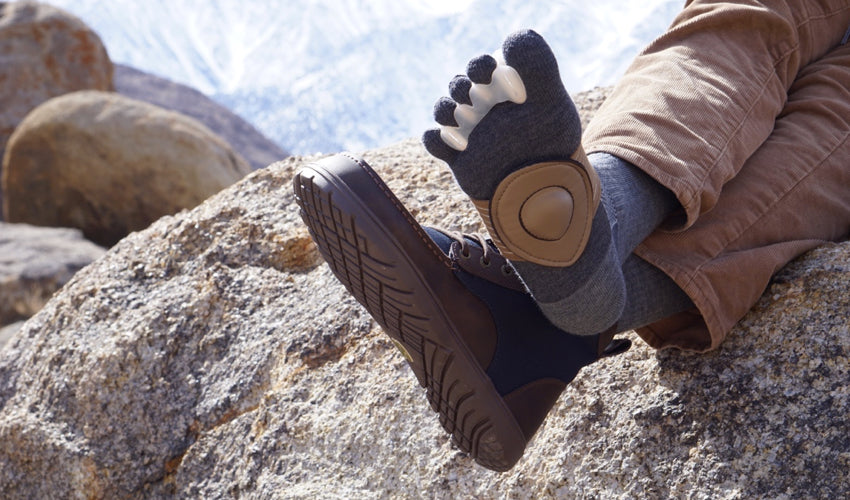
Capsulitis often responds to conservative, non-surgical treatments. This condition is best treated in its early stages to help improve the affected joint’s stability, reduce pain and other symptoms, and resolve the root cause of the problem.
Here are some of the most helpful natural treatment approaches for capsulitis:
- Adopt foot-healthy footwear
- Use an appropriate metatarsal pad
- Wear Correct Toes toe spacers
- Perform key exercises and stretches
- Take a break from weight-bearing activity
- Practice taping or splinting techniques
- Use anti-inflammatory agents and/or nutritional supplements
- Seek additional therapeutic modalities
Let's take a look at each of these natural treatment approaches in more detail below.
1. The Best Shoes for Capsulitis

Avoiding offending footwear and adopting more foot-healthy models is one of the most important approaches in combating capsulitis. Wearing shoes with a completely flat sole from heel to toe and a sufficiently wide toe box to allow for natural toe splay will help take focal pressure off the ball of the foot and enable natural arch support. All men’s and women’s footwear featured on the Natural Footgear site includes the above-mentioned design features and creates the kind of environment for the foot that helps heal the injured joint capsule.
SHOP MEN'S SHOES SHOP WOMEN'S SHOES
Best Running Shoes for Capsulitis

The benefits of wearing athletic shoes with a zero drop platform and anatomical toe box are particularly relevant to runners or those who take part in other athletic activities and who suffer from capsulitis. A perfectly level sole minimizes the amount of pressure on the forefoot, and a wide toe box (i.e., a toe box that is widest at the ends of the toes, not just wide at the ball of the foot) helps encourage proper toe alignment and distributes bodyweight across the entire forefoot area.
SHOP MEN'S ATHLETIC SHOES SHOP WOMEN'S ATHLETIC SHOES
2. Capsulitis Foot Pads

Wearable metatarsal pads (pictured above) or Pedag metatarsal pads can help reduce capsulitis foot pain and return the forefoot fat pad to its intended (and protective) location beneath the metatarsal heads. Key factors to consider when selecting a metatarsal pad for this task include the height, density, size, and placement of the pad. A well-placed and appropriately-sized metatarsal pad functions to raise, support, and offload the joint capsule to allow it to heal and recover. On the other hand, improper placement of the metatarsal pad, or an ill-sized metatarsal pad, could inflame or aggravate the joint capsule and prevent healing.
SHOP PEDAG METATARSAL PADS
3. Toe Spacers for Capsulitis

Correct Toes is another helpful treatment tool to reduce capsulitis foot pain, as it encourages the proper alignment of relevant forefoot structures and helps distribute bodyweight more evenly across the forefoot. Correct Toes toe spacers can be used in conjunction with foot-shaped footwear while weight-bearing to improve foot stability and promote the healing of injured tissues through improved foot circulation.
SHOP CORRECT TOES
4. Capsulitis Foot Exercises & Stretches

Gentle stretching is important for those who have tight calf muscles and/or a foot or toe flexor/extensor tendon imbalance—two seemingly independent problems that often go hand-in-hand with a capsulitis diagnosis. For the former, a simple (slow and controlled) heel-lowering exercise can be useful in lengthening out contracted posterior lower leg muscles. For the latter, for the foot or toe flexor/extensor tendon imbalance, the Toe Extensor Stretch (pictured above) may be a particularly helpful exercise in addressing capsulitis.
5. Rest from Weight-Bearing Activity

Though it can be difficult to achieve, given the need in our everyday lives to be on our feet and on the move, reducing weight-bearing activities and resting the affected foot can help control symptoms (especially swelling) in most people with capsulitis. This is a particularly helpful strategy for runners or athletes who do a lot of jumping in their sport. If you spend a lot of time on your feet at work and this is causing an aggravation of your symptoms, it might be necessary (if possible) to take some time off or request a work modification until your affected joint capsule has had a chance to heal.
Significant swelling in the ball of the foot may be indicative of a plantar plate tear—a problem that can sometimes be mistaken for capsulitis. A trained healthcare professional can perform what's called the Lachman test (aka toggle test) to evaluate for hypermobility in the associated joint and to determine the true underlying cause of the excessive swelling.
6. Capsulitis Taping or Splinting

Taping or splinting can help realign the involved toe, prevent the affected toe from drifting, and control capsulitis-related pain. Taping, when performed properly, is a natural treatment approach that can work, but the tape itself can be hard to keep on, and it can be difficult to duplicate the same amount of pressure with each new application. Many foot care providers find that elastic therapeutic tape (aka Kinesio Tape, Kinesiology Tape, KT Tape etc.) is the most effective kind of tape for addressing capsulitis. This special kind of tape is composed of an elastic cotton strip with an acrylic adhesive backing.
7. Capsulitis Foot Pain Relief

Certain anti-inflammatory agents or nutritional supplements may help reduce pain and swelling in the ball of the foot. A foot care professional will be able to tell you which substances are most appropriate for your particular situation, as well as the optimal dosage and delivery method for foot pain relief.
Non-steroidal anti-inflammatory drugs (NSAIDs) are commonly prescribed for foot pain relief in conventional podiatry clinics, however, NSAIDs can mask pain and give a false sense of confidence that the problem has been resolved, which in turn allows the user to injure themselves further. This may be particularly true among athletes who use NSAIDs.
Shifting gears a bit, though once favored as a helpful strategy in addressing capsulitis (and many other foot problems), using ice to numb the affected area and blunt foot pain is no longer accepted as a viable treatment approach, and many foot doctors no longer prescribe ice, except in cases of severe foot pain.
8. Additional Therapies for Capsulitis

Ultrasound is one physical therapy modality that may be helpful in treating capsulitis, especially when it's combined with the other interventions mentioned above. Ultrasound can be used to break up scar tissue and increase blood flow into the injured joint capsule, which is necessary for the capsule to heal.
If, for some reason, all the above strategies fail to produce a beneficial healing effect on the injured joint capsule, some people may consider regenerative injection therapies, such as prolotherapy, platelet-rich plasma (PRP) therapy, or stem cell therapy. Extracorporeal shock wave therapy (ESWT)—a noninvasive treatment that involves delivering shock waves to injured soft tissue to reduce pain and promote healing—may also be helpful in some cases.
What About Surgery & Cortisone Injections?

Capsulitis, if treated using conservative measures, will usually heal over time, and surgery is not typically recommended (or necessary) for this foot health problem.
Likewise, cortisone—a steroid hormone—is not recommended for capsulitis. Cortisone is, after all, a catabolic hormone, which means that it breaks down tissue (as opposed to an anabolic hormone that builds tissue). While cortisone does reduce capsulitis-related inflammation, it also breaks down the joint capsule itself, resulting in long-term damage to this important foot structure.
Does Capsulitis Go Away?

Capsulitis symptoms usually respond well to the natural, noninvasive, and nonsurgical treatment methods outlined in this article, and a full recovery is possible for most. As always, and as with any other health problem, it's important for you to consult your physician before starting any treatment plan that seeks to address capsulitis. Ask your foot doctor what approaches will best serve you and your specific foot care needs.
Do you have any questions about capsulitis? Join the discussion below this article.
 In this video, Dr. Ray McClanahan, a sports podiatrist at Northwest Foot and Ankle and the inventor of Correct Toes, discusses the underlying causes of ball of foot pain and gives special attention to the condition called capsulitis—an inflammation or irritation of the fibrous capsules surrounding the metatarsophalangeal joints. This educational video also demonstrates how to treat capsulitis using natural, non-invasive methods and discusses some of the most common conventional...
Read more
In this video, Dr. Ray McClanahan, a sports podiatrist at Northwest Foot and Ankle and the inventor of Correct Toes, discusses the underlying causes of ball of foot pain and gives special attention to the condition called capsulitis—an inflammation or irritation of the fibrous capsules surrounding the metatarsophalangeal joints. This educational video also demonstrates how to treat capsulitis using natural, non-invasive methods and discusses some of the most common conventional...
Read more


















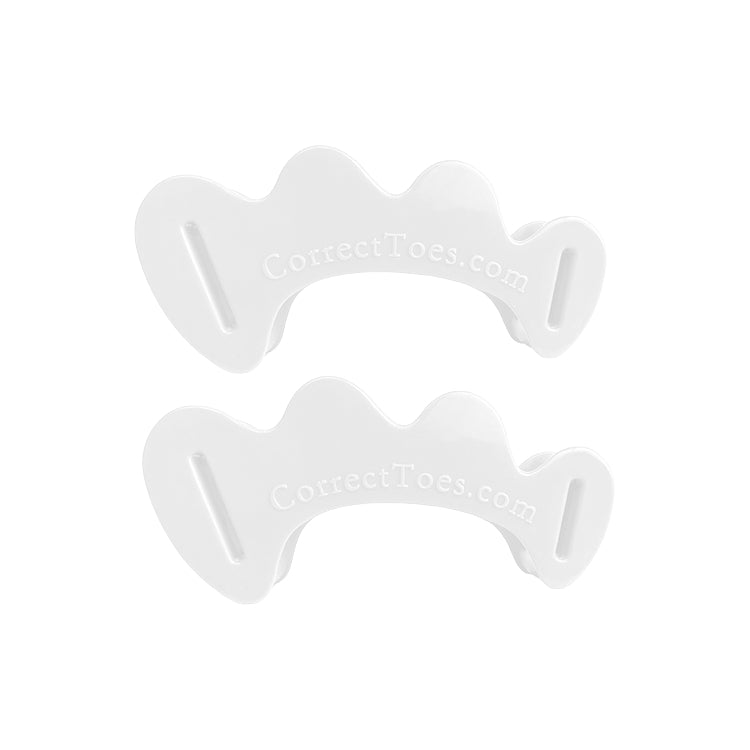
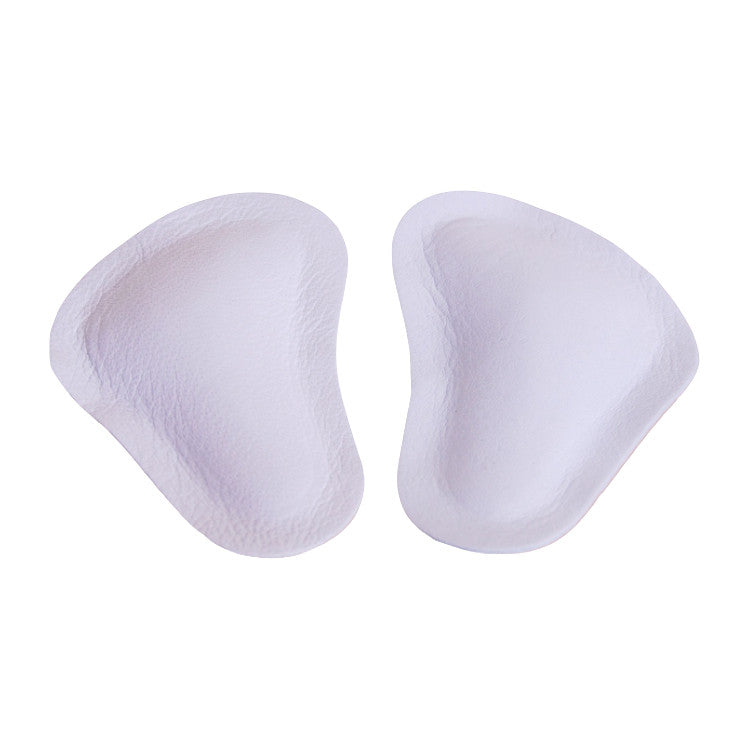
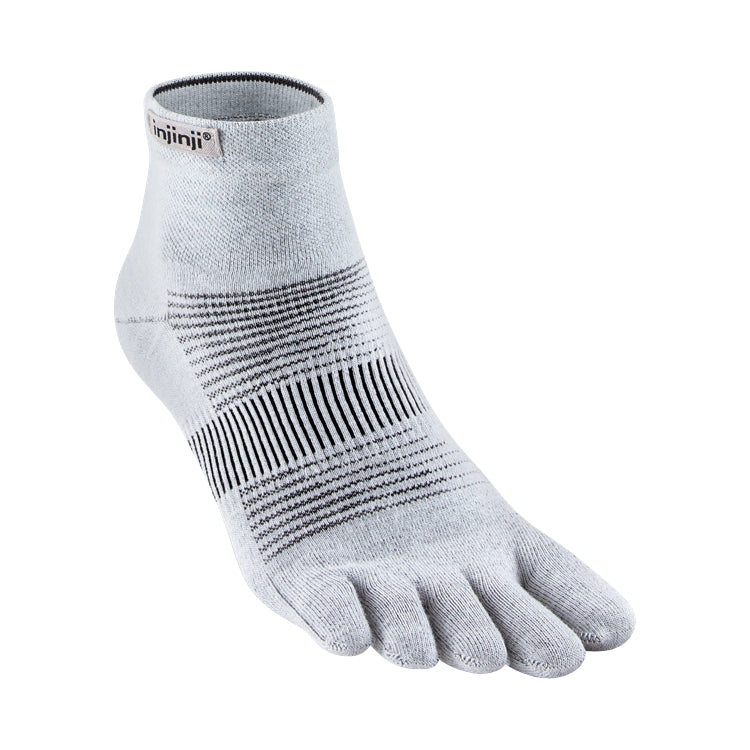
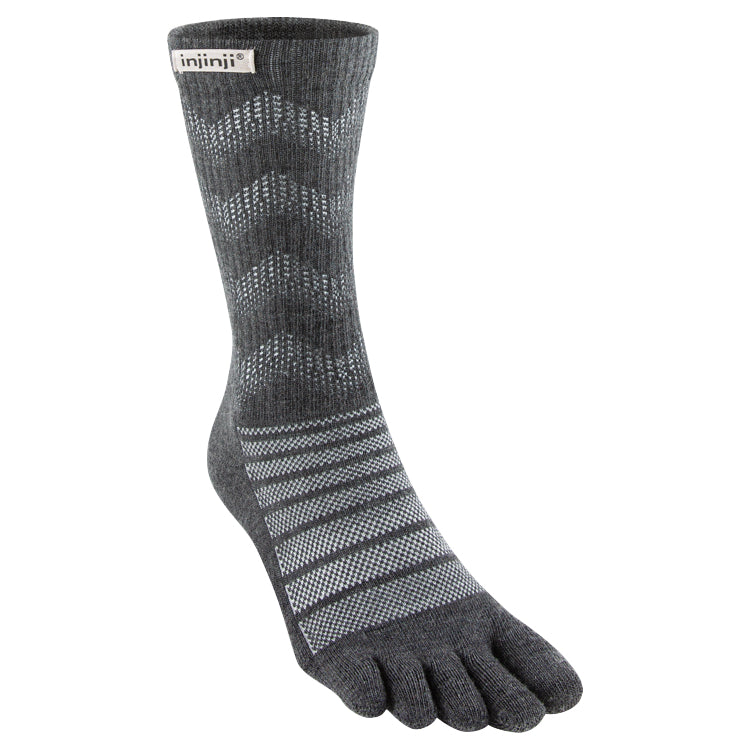
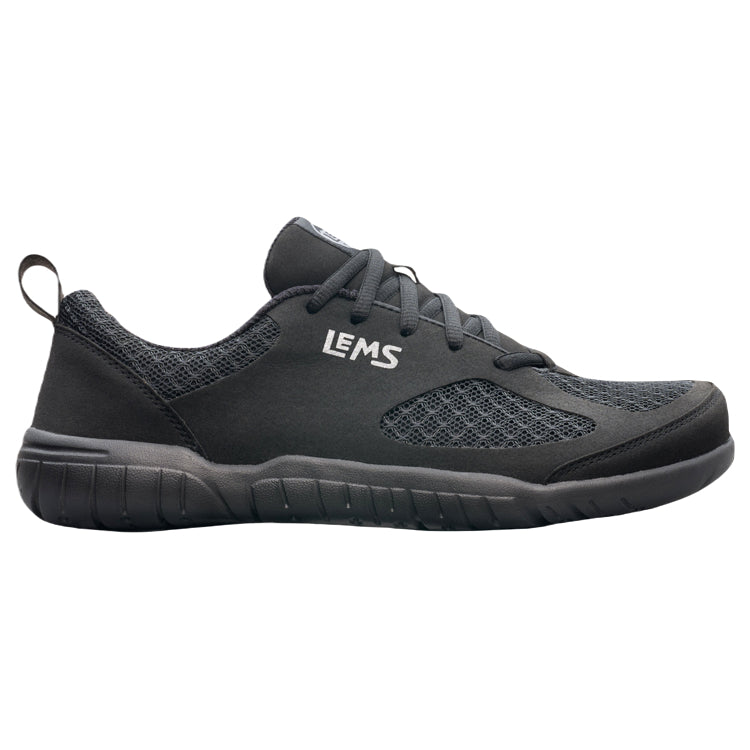
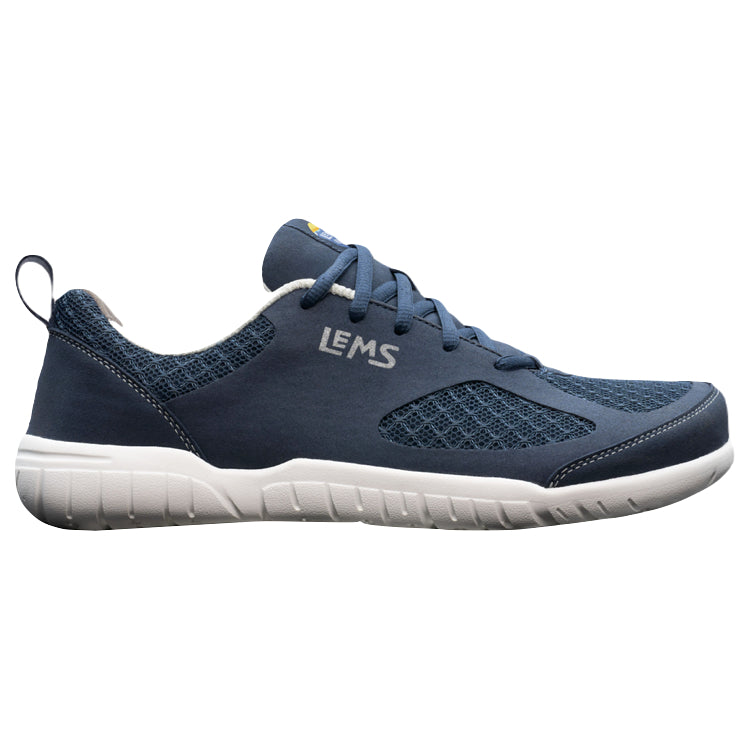
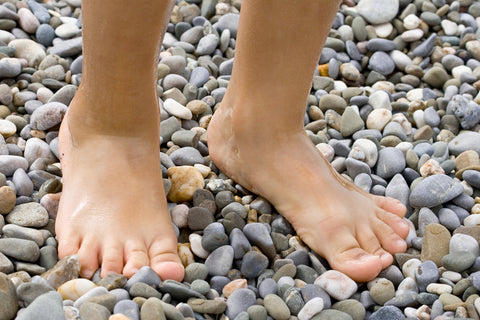

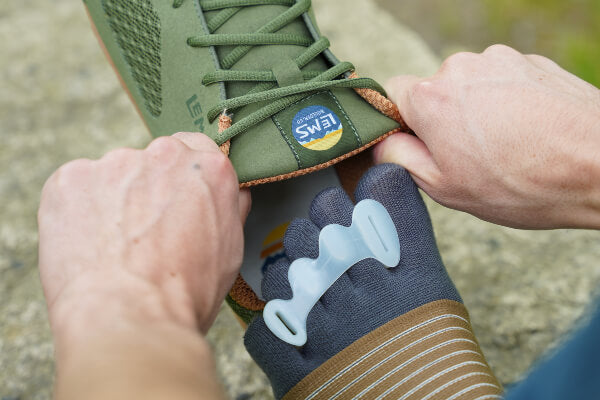
I have plantar fasciitis and capsulitis! I had shots, but they didn’t help. I also had orthotics made, but I still have pain.
Hi, Rene,
Thank you for your comment. We’re sorry to hear that you’re dealing with foot pain.
Conventional footwear is the most common cause of both plantar fasciosis and capsulitis. In our experience, we’ve found that spreading the toes (using Correct Toes) and allowing the foot to function like a bare foot inside the shoe (using foot-healthy footwear) is the key to addressing plantar fascia and ball of foot pain. A couple types of foot pads (heel cups and metatarsal pads) have also proven helpful for these problems. You can find this helpful footgear by following these links:
Correct Toes:
www.naturalfootgear.com/collections/correct-toes
Foot-Healthy Footwear:
Men’s: www.naturalfootgear.com/collections/mens-shoes
Women’s: www.naturalfootgear.com/collections/womens-shoes
Heel Cups:
www.naturalfootgear.com/products/tulis-heel-cups
Metatarsal Pads:
www.naturalfootgear.com/products/pedag-metatarsal-pads
Also, the following two videos discuss natural, non-invasive ways to address plantar fasciosis and capsulitis:
www.naturalfootgear.com/blogs/education/17889116-plantar-fasciosis-conventional-vs-natural-approaches
www.naturalfootgear.com/blogs/education/17853268-ball-of-foot-pain-conventional-vs-natural-approaches
Each set of feet is unique, and what works for one person may not work for someone else. For most people, though, we’ve found that the use of Correct Toes, foot-healthy shoes, and foot pads can go a long way in helping restore their feet to function the way nature intended.
I hope this info helps! If you have further questions, please don’t hesitate to reach out to us. We’re happy to help out however we can.
Kind regards,
Andrew Potter
I have capsulitis and a fractured plantar plate. I’m looking for sneakers with a wide toe box and good cushioning. I walk a lot and need good support. Can you recommend sneakers for me to wear comfortably? Thank you.
Hi, Estelle,
Thank you for reaching out to us. You might have some success with Altra athletic shoes, though not all models in Altra’s current product lineup possess the generous toe box width that characterized their older models. Topo Athletic may also have one or two models that fit the bill here. If I think of anything else that might work for you, I will definitely let you know!
Kind regards,
Robyn Hughes, ND
I have capsulitis. I have been to the doctor, but nothing has worked. Pads and insoles have helped a bit, but I can’t walk barefoot anywhere for long. My doctor says he can perform an in-office procedure to correct the problem (but it’s not covered by insurance). Suggestions?
Hi, Steve,
Thank you for reaching out. I certainly understand your desire to explore your capsulitis-related treatment options. I recommend that you check out this video, which delves a bit deeper into this problem and compares and contrasts conventional vs. natural approaches to capsulitis:
www.naturalfootgear.com/blogs/educational-articles/ball-of-foot-pain-conventional-vs-natural-approaches
If you have any additional questions after viewing the video, please do let us know!
All the best,
Robyn Hughes, ND
I was diagnosed with capsulitis of the second toe in August of last year. I received some cut-out orthotics, and I use them daily, but I find that I still need a cushioned shoe to really not feel the sensations in the ball of my foot. Currently, I am using the Hoka One One Bondi 6, but it’s a very thick and unprofessional work shoe. I need something that is … “cooler” but that’s still professional and in a wide width. Incidentally, I ice my foot daily and use toe spacers to try to get my little piggies into proper alignment. Any suggestions?
Hi, Nadia,
Finding footwear that’s both professional-looking and foot-healthy can indeed be a challenge, although more and more options are becoming available for women over time. You might consider checking out the Vivobarefoot product lineup to find a design that’s more suitable for the workplace. Just bear in mind, though, that, at last check, Vivobarefoot’s women’s models were relatively more narrow in the toe box than their men’s models and may not be suitable for all sets of feet. If any other ideas or possibilities come to mind, I will certainly let you know!
Kind regards,
Robyn Hughes, ND